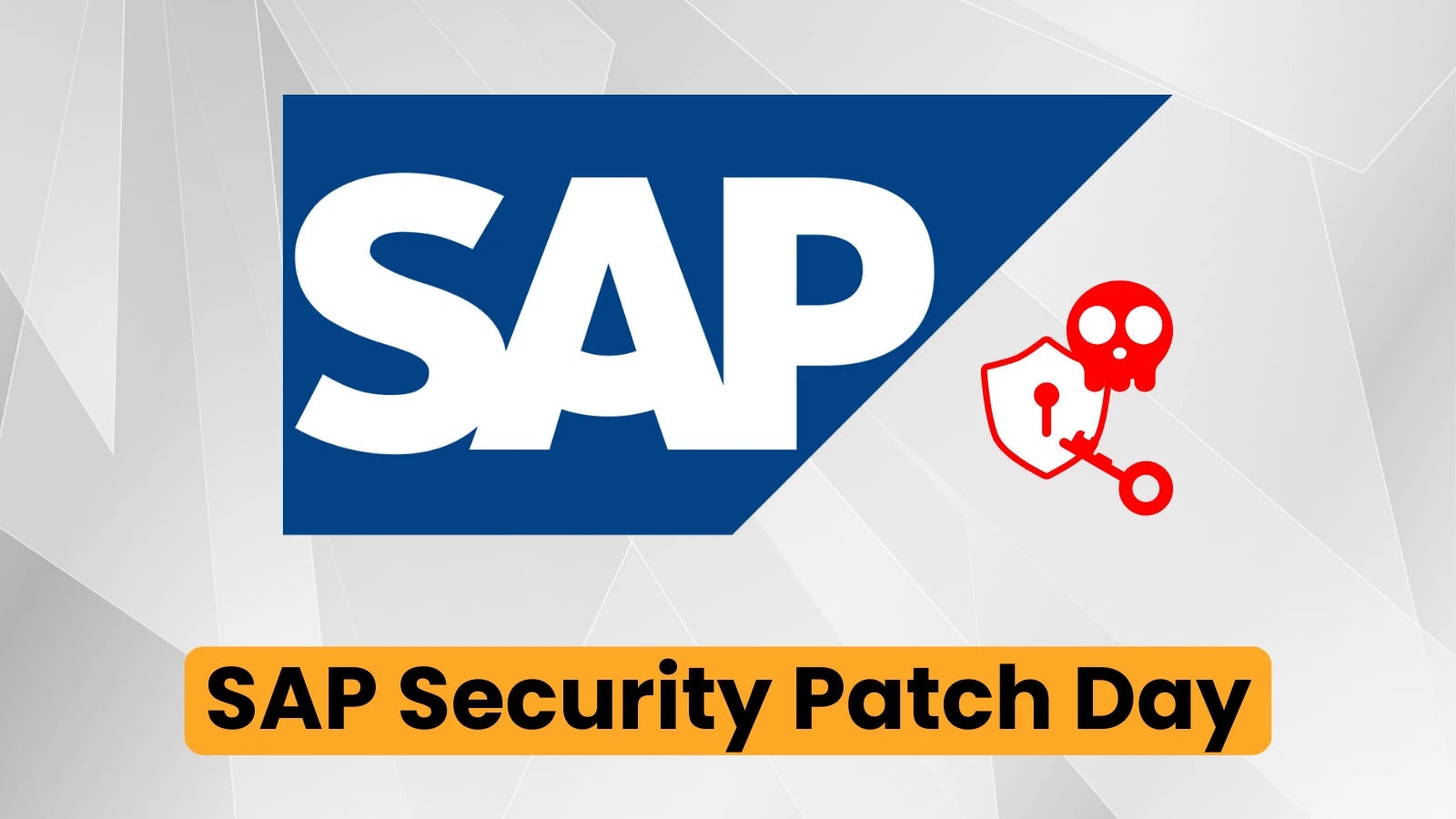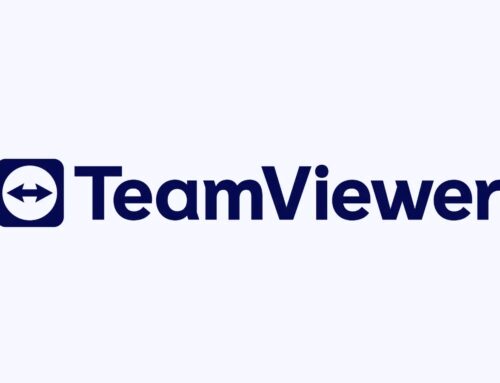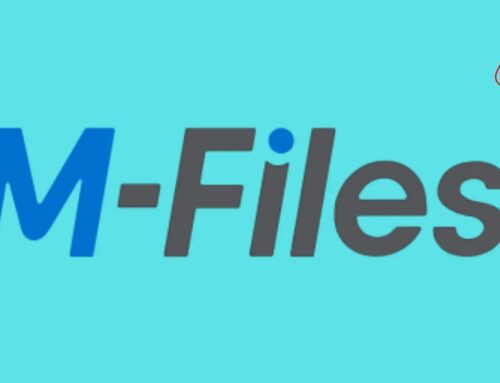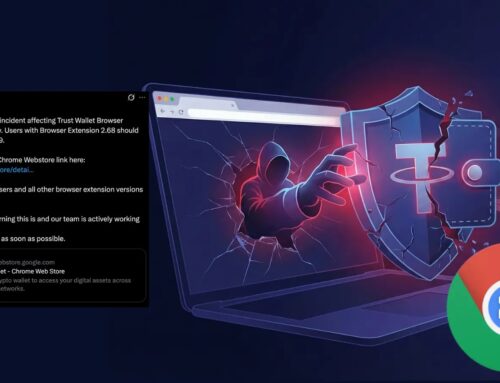
SAP Security Patch Day September 2025 – 21 Vulnerabilities and 4 Critical One’s Patched
SAP Security Patch Day September 2025: Navigating 21 Patches, Four Critical Flaws
The proactive management of enterprise resource planning (ERP) system security is paramount for organizations worldwide, and SAP’s commitment to this is regularly demonstrated through its precisely scheduled “Patch Days.” September 2025 marks another crucial juncture, with SAP releasing a total of 21 new security advisories and providing essential updates to four previously disclosed vulnerabilities. Our in-depth analysis reveals that among the newly addressed flaws, four are categorized as critical, presenting significant risks including potential remote code execution and complete system compromise. This report delves into the specifics of these advisories, offering insights for IT professionals, security analysts, and developers responsible for maintaining robust SAP landscapes.
Understanding the September 2025 SAP Patch Day
SAP’s monthly security maintenance efforts are designed to proactively identify and remediate vulnerabilities before they can be exploited. The September 2025 Patch Day is a comprehensive release, encompassing a wide spectrum of security updates. The total of 21 newly identified vulnerabilities highlights SAP’s continuous internal security assessments and its collaboration with external researchers. Beyond these new disclosures, the updates to four existing advisories underscore the dynamic nature of cybersecurity and the need for iterative patching and vulnerability management.
The Critical Four: High-Impact Vulnerabilities Identified
The most pressing concerns for SAP users in September 2025 revolve around the four critical vulnerabilities. These flaws demand immediate attention due to their severe potential impact, which can range from unauthorized data access to complete system takeover. While specific CVEs for these September 2025 vulnerabilities will become publicly available upon more detailed advisories, understanding their general categories is crucial for preliminary risk assessment. Critical vulnerabilities often involve:
- Remote Code Execution (RCE): This allows an attacker to execute arbitrary code on the affected system, gaining control and potentially leading to data exfiltration, system modification, or complete compromise.
- Missing Authorization Checks: Flaws where critical operations can be performed without proper authentication or authorization, giving unauthorized users elevated privileges.
- Improper Authentication: Weaknesses in the authentication mechanism that could allow attackers to bypass login procedures.
- Server-Side Request Forgery (SSRF) leading to sensitive data exposure: An attacker can coerce the server-side application to make HTTP requests to an arbitrary domain of the attacker’s choosing.
Remediation Actions: Your Immediate Priority
Effective remediation is the cornerstone of a resilient SAP security posture. Given the nature of these vulnerabilities, especially the critical ones, immediate action is not just advised but imperative. Follow these steps:
- Prioritize Patch Deployment: Begin by applying the security patches for the critical vulnerabilities first. Utilize SAP Support Portal and your system’s patch management tools to ensure accurate and complete deployment.
- System Backup: Before any major patching operation, ensure you have comprehensive and recent backups of your SAP systems. This allows for quick recovery in case of unforeseen issues during the patching process.
- Testing and Validation: After applying patches, rigorously test your SAP applications and business processes to confirm functionality and stability. Conduct thorough regression testing in a non-production environment before moving to production.
- Monitor System Logs: Enhance your monitoring for unusual activities post-patching. Look for anomalies that might indicate attempted exploitation or unexpected system behavior.
- Review User Authorizations: Regularly audit and restrict user authorizations to the principle of least privilege. This mitigates the impact of successful exploits by limiting an attacker’s access.
- Network Segmentation: Ensure appropriate network segmentation is in place to isolate critical SAP systems. This creates additional barriers for attackers, even if they breach peripheral defenses.
- Employee Awareness: Reinforce security awareness training for all users, emphasizing the risks of phishing and social engineering specific to SAP credentials.
Tools for SAP Security Posture Management
Maintaining a strong SAP security posture requires a combination of vigilance, expertise, and the right tools. Here are some categories of tools that can assist in detecting, scanning, and mitigating risks within your SAP landscape:
| Tool Name / Category | Purpose | Link |
|---|---|---|
| SAP Solution Manager | Centralized IT management platform for managing and monitoring SAP and non-SAP systems, includes security functionalities. | https://support.sap.com/en/alm/sap-solution-manager.html |
| SAP GRC (Governance, Risk, and Compliance) | Automates control workflows, manages risks, and ensures compliance across SAP environments. | https://www.sap.com/india/products/technology-platform/grc.html |
| Vulnerability Scanners (e.g., Onapsis, SecurityBridge) | Dedicated SAP vulnerability assessment tools to identify misconfigurations, missing patches, and known vulnerabilities. | (Specific vendor links vary, search for “SAP vulnerability scanning tools”) |
| Security Information and Event Management (SIEM) Systems | Aggregates and analyzes security logs from various sources, including SAP, for threat detection and incident response. | (Commonly Splunk, IBM QRadar, Microsoft Sentinel, etc.) |
| Network Intrusion Detection/Prevention Systems (IDS/IPS) | Monitors network traffic for suspicious activity and can block malicious connections to SAP systems. | (Various network security vendors) |
Conclusion: Fortifying Your SAP Defenses
The September 2025 SAP Patch Day underscores the continuous need for robust security practices within any organization running SAP systems. With 21 new vulnerabilities addressed and four critical flaws identified, proactive patching and a comprehensive security strategy are non-negotiable. Organizations must prioritize the deployment of these critical patches, conduct thorough testing, and continuously monitor their SAP environments for any signs of compromise. Staying informed, leveraging appropriate security tools, and fostering a strong security culture are essential components of maintaining a resilient and secure SAP landscape against evolving cyber threats.





